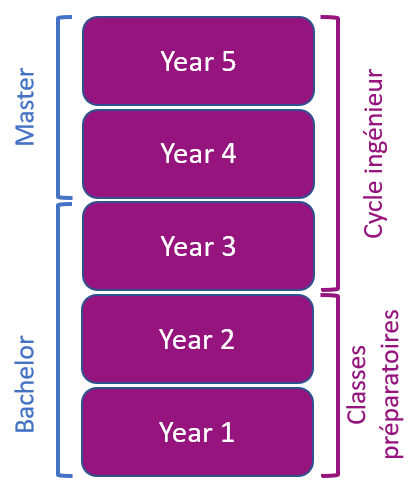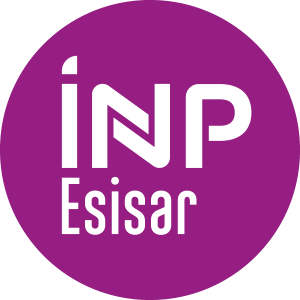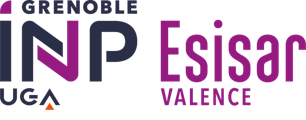Number of hours
- Lectures 19.5
- Projects -
- Tutorials 12.0
- Internship -
- Laboratory works -
- Written tests -
ECTS
ECTS 2.0
Goal(s)
Being able to calculate the position of real or virtual images and also their characteristics for a centered optical system. Being able to do ray tracing for centered optical systems.
Understand the concepts of light waves and optical intensity. Understand the concepts of interference and diffraction. Being able to calculate the optical intensity of an interference pattern produced by an interferometer. Being able to calculate the light intensity in a plane located at infinity after diffraction caused by a circular or rectangular aperture.
Being able to use the different theories of optics and to use them appropriately.
Pierre LEMAITRE AUGER
Content(s)
- Introduction
- Geometrical Optics
- Fermat's principle
- Reflection law
- Refraction law
- Refraction on a spherical surface
- Gauss' approximation
- Matrix modelization of a lens
- Thin lenses
- Examples of centered optical systems:
- Microscope
- Refracting Telescope
- Fermat's principle
- Wave optics
- Notions of waves
- Fraunhofer Diffraction
- Interference
- Of two plane waves
- Of two spherical waves
- Interferometers:
- Glass plate
- Michelson
- Mach-Zenhder
- Fabry-Perot interferometer
- Knowledge of geometry;
- Knowledge matrix algebra;
- Knowledge of complex numbers;
- Knowledge of integral calculus.
Mid-terms exam (EXAM1) : written exam, 1,5 hour long without documentation, calculator accepted
Final exam (EXAM2): written exam, 1,5 hour long without documentation, calculator accepted
The course exists in the following branches:
- Curriculum - First cycle - Semester 4
Course ID : 2AMPH250
Course language(s): 
The course is attached to the following structures:
You can find this course among all other courses.
- Chartier, G., "Manuel d'optique", Hermès, 1997
- Guenther, R., "Modern Optics", John Wiley & Sons, 1990
- Pérez, J. Ph., "Optique géométrique et ondulatoire", 5ème éd., Masson, 1996
What is a grande école ?
French engineering curriculum





